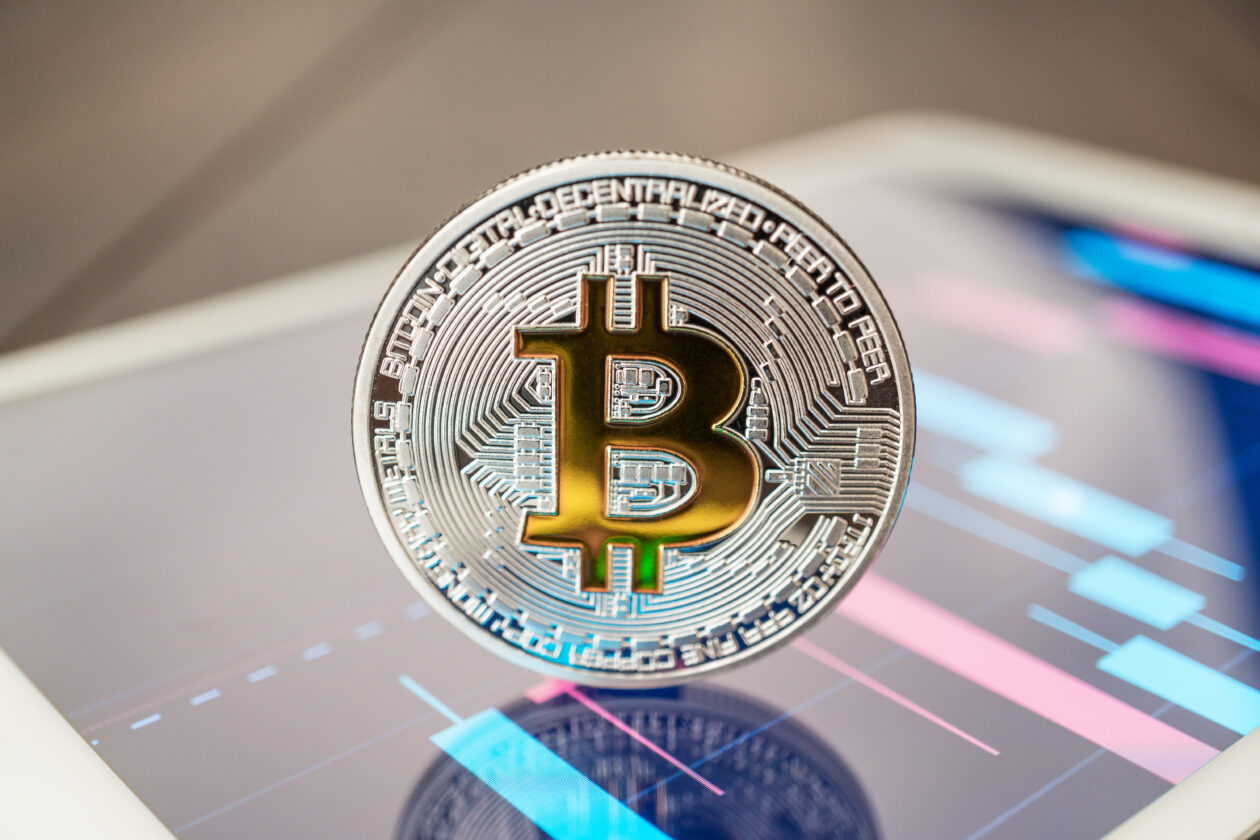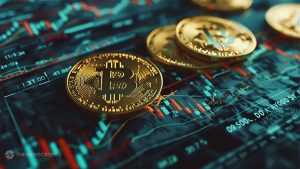- 4 June 2024
- 19
Emerging Trends in Forex Trading: What to Watch in 2024

The foreign exchange (forex) market is known for its dynamic nature, constantly evolving in response to global economic shifts, technological advancements, and regulatory changes. As we delve into 2024, several emerging trends are poised to shape the landscape of forex trading. From the integration of artificial intelligence (AI) and machine learning (ML) to the rise of decentralized finance (DeFi), traders are navigating a realm of unprecedented opportunities and challenges. This article explores the key trends driving innovation in forex trading and provides insights into what traders should watch out for in 2024.
Integration of Artificial Intelligence and Machine Learning

Artificial intelligence and machine learning algorithms have been gradually infiltrating the forex market, revolutionizing trading strategies and decision-making processes. In 2024, we anticipate a significant acceleration in the adoption of AI and ML technologies by both institutional and retail traders. These advanced algorithms can analyze vast amounts of data, identify patterns, and execute trades at speeds far beyond human capability. As AI continues to evolve, traders can leverage predictive analytics to anticipate market movements and optimize their trading strategies for better outcomes.
Decentralized Finance (DeFi) and Blockchain Technology
The emergence of decentralized finance (DeFi) platforms built on blockchain technology has opened up new avenues for forex trading. DeFi eliminates the need for intermediaries, offering traders greater transparency, security, and accessibility. In 2024, we expect to see continued growth in DeFi-based forex trading platforms, enabling peer-to-peer transactions and automated smart contracts. Blockchain technology also facilitates faster cross-border transactions and reduces settlement times, making forex trading more efficient and cost-effective for traders worldwide.
Algorithmic Trading and High-Frequency Trading (HFT)
Algorithmic trading and high-frequency trading (HFT) strategies have become increasingly prevalent in the forex market, accounting for a significant portion of trading volume. In 2024, we anticipate a further surge in the use of algorithmic trading systems, driven by advancements in computing power and algorithmic complexity. These automated trading strategies can execute trades in milliseconds, capitalizing on fleeting market opportunities and minimizing latency risk. However, regulators are closely scrutinizing HFT practices to ensure market integrity and prevent market manipulation.
Regulatory Developments and Compliance
Regulatory developments play a pivotal role in shaping the forex market landscape, influencing trading practices, and market participants’ behavior. In 2024, we expect regulators to focus on enhancing transparency, mitigating systemic risks, and combating financial crime in the forex market. Increased regulatory scrutiny may lead to tighter compliance requirements for brokers and traders, including robust risk management protocols and enhanced transaction monitoring systems. Traders should stay informed about regulatory changes and ensure compliance with evolving regulatory standards to mitigate regulatory risks.
Environmental, Social, and Governance (ESG) Factors
Environmental, social, and governance (ESG) considerations are gaining traction in the forex market, driven by growing investor demand for socially responsible investment opportunities. In 2024, we anticipate an increased focus on integrating ESG factors into forex trading strategies and investment decisions. Traders may incorporate ESG criteria into their risk assessments, asset allocation strategies, and trade execution processes to align with sustainable investing principles. Moreover, ESG-related disclosures and reporting requirements may become more standardized, enabling traders to evaluate the ESG performance of currency pairs and issuers.
Conclusion
In conclusion, the forex market is undergoing a period of rapid transformation, fueled by technological innovation, regulatory reforms, and shifting investor preferences. As we navigate through 2024, traders must adapt to emerging trends and seize opportunities while mitigating associated risks. From harnessing the power of artificial intelligence and blockchain technology to navigating regulatory complexities and embracing sustainable investing principles, staying ahead of the curve is paramount in the ever-evolving landscape of forex trading.
Analysis Table:
| Trend | Impact |
|---|---|
| Integration of AI and ML | – Improved trading strategies and decision-making processes. – Enhanced predictive analytics for anticipating market movements. |
| Decentralized Finance (DeFi) | – Greater transparency, security, and accessibility. – Faster cross-border transactions and reduced settlement times. |
| Algorithmic Trading and HFT | – Increased trading volume and liquidity. – Minimized latency risk and capitalizing on fleeting market opportunities. |
| Regulatory Developments and Compliance | – Tighter compliance requirements for brokers and traders. – Enhanced transaction monitoring and risk management protocols. |
| Environmental, Social, and Governance | – Integration of ESG factors into trading strategies and investment decisions. – Alignment with sustainable investing principles. |
Comparative Table:
| Trend | Advantages | Challenges |
|---|---|---|
| Integration of AI and ML | – Improved trading efficiency and profitability. – Enhanced risk management and decision-making processes. | – Dependence on data accuracy and quality. – Potential for algorithmic biases and overfitting. |
| Decentralized Finance (DeFi) | – Greater autonomy and control over assets. – Reduced reliance on intermediaries and lower transaction costs. | – Security vulnerabilities and smart contract risks. – Regulatory uncertainties and compliance challenges. |
| Algorithmic Trading and HFT | – Increased trading speed and liquidity. – Ability to capitalize on short-term market inefficiencies. | – Regulatory scrutiny and risk of market manipulation. – Technological complexities and infrastructure costs. |
| Regulatory Developments and Compliance | – Enhanced market integrity and investor protection. – Standardized compliance frameworks and transparency. | – Compliance costs and operational burdens for market participants. – Uncertainty surrounding regulatory changes and enforcement actions. |
| Environmental, Social, and Governance | – Alignment with evolving investor preferences and values. – Integration of non-financial risk factors into investment decisions. | – Lack of standardized ESG metrics and reporting standards. – Difficulty in quantifying ESG impact on financial performance. |
In summary, while each trend presents unique opportunities and challenges, navigating the evolving landscape of forex trading requires a comprehensive understanding of market dynamics, technological innovations, and regulatory frameworks. By staying abreast of emerging trends and embracing innovative strategies, traders can position themselves for success in the dynamic world of forex trading in 2024 and beyond.

